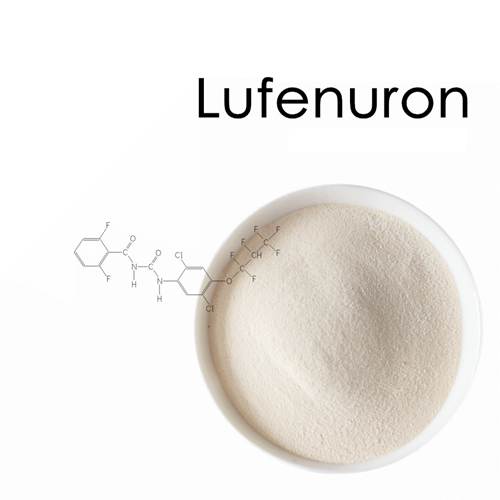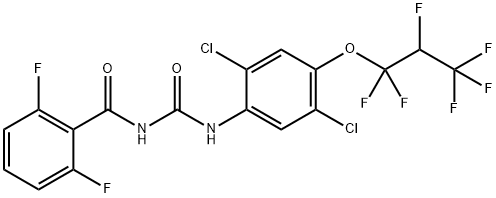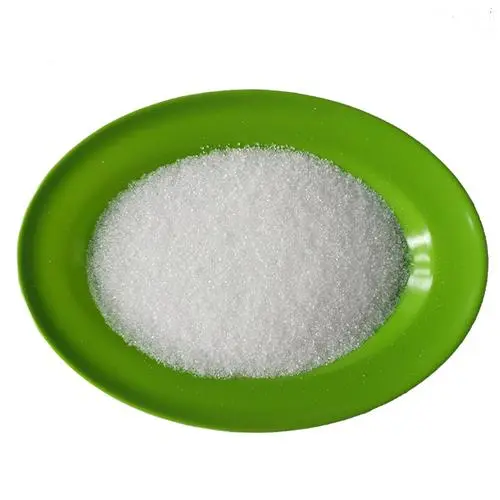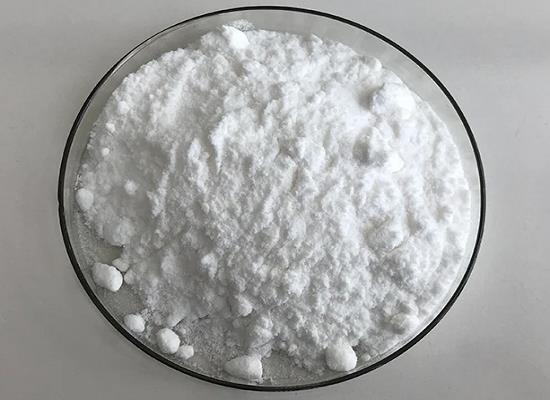Pesticide Lufenuron: Uses, Mechanism of action, Side Effects and Toxicity
Uses of Lufenuron
Lufenuron is a benzoylurea pesticide and an effective insect growth regulator. It can be used for the control of pest and disease hazards in an important fish species in aquaculture, as well as for the control of flea infestations in animals such as dogs, cats, rabbits and ferrets. In addition, studies have shown that Lufenuron has strong anthelmintic activity against Egyptian ant larvae with an EI50 of 0.164 ppb and an EI90 of 0.81 ppb.

Currently, Lufenuron is often used in combination with milbemycin oxime and praziquantel as a prescription flea preventive medication for dogs and cats, and is administered orally as tablets or liquids, or it can be injected for use only in a hospital or clinic setting.Lufenuron is effective in controlling flea populations, but does not kill adult fleas.
Mechanism of action
Lufenuron is an insect growth inhibitor that inhibits chitin synthesis, thereby preventing the moulting of lepidopteran larvae from one stage to another. It acts by preventing the formation of a new cuticle. It also acts on freshly laid eggs by preventing the larvae from hatching properly. When a female flea bites a lufenuron-treated dog, it ingests lufenuron, which targets flea eggs and prevents them from developing and hatching.
Side Effects of Lufenuron
Common side effects of Lufenuron include: vomiting, diarrhoea, loss of appetite, tiredness, redness or itching of the skin, and injection administration may cause a small lump at the injection site that will go away within a few weeks. Serious side effects are very rare but may include hives, rash, or difficulty breathing. This medication is not for use in humans.
Toxicity of Lufenuron
The present study evaluated the teratogenic, genotoxic, and oxidative stress effects of residual-level lufenuron exposure on pregnant rats during the organogenesis gestational period of both mother and fetus. The tested dams were divided into three groups; control (untreated), low-dose group (orally administered with 0.4 mg/kg lufenuron) and high-dose group (orally administered with 0.8 mg/kg lufenuron). The dams of the two treatment groups showed teratogenic abnormalities represented by the asymmetrical distribution of fetuses in both uterine horns, accompanied by observed resorption sites and intensive bleeding in the uterine horns, whereas their fetuses suffered from growth retardation, morphologic malformations, and skeletal deformations. Histologic examination of the liver and kidney tissues obtained from mothers and fetuses after lufenuron exposure revealed multiple histopathologic changes. DNA fragmentation and cell cycle perturbation were also detected in the liver cells of lufenuron-treated pregnant dams and their fetuses through comet assay and flow cytometry, respectively. Moreover, lufenuron-induced oxidative stress in the liver of mothers and fetuses was confirmed by the increased malondialdehyde levels and decreased levels of enzymatic antioxidants (glutathione peroxidase and superoxide dismutase). Taken together, it can be concluded that lufenuron has a great potential in exerting teratogenic, genotoxic, and oxidative stresses on pregnant rats and their fetuses upon chronic exposure to residual levels during the organogenesis gestational period. The obtained results in the present study imply that women and their fetuses may have the same risk.
Reference
[1] PAULA V GONZALEZ; Laura H. Lufenuron can be transferred by gravid Aedes aegypti females to breeding sites and can affect their fertility, fecundity and blood intake capacity.[J]. Parasites & Vectors, 2020. DOI:10.1186/s13071-020-04130-1.
[2] WESAM T BASAL. Lufenuron induces reproductive toxicity and genotoxic effects in pregnant albino rats and their fetuses.[J]. Scientific Reports, 2020. DOI:10.1038/s41598-020-76638-6.
);You may like
Lastest Price from Lufenuron manufacturers

US $60.00-50.00/kg2024-04-30
- CAS:
- 103055-07-8
- Min. Order:
- 1kg
- Purity:
- 99%
- Supply Ability:
- 20

US $100.00/kg2024-04-24
- CAS:
- 103055-07-8
- Min. Order:
- 1kg
- Purity:
- 99
- Supply Ability:
- 5000


